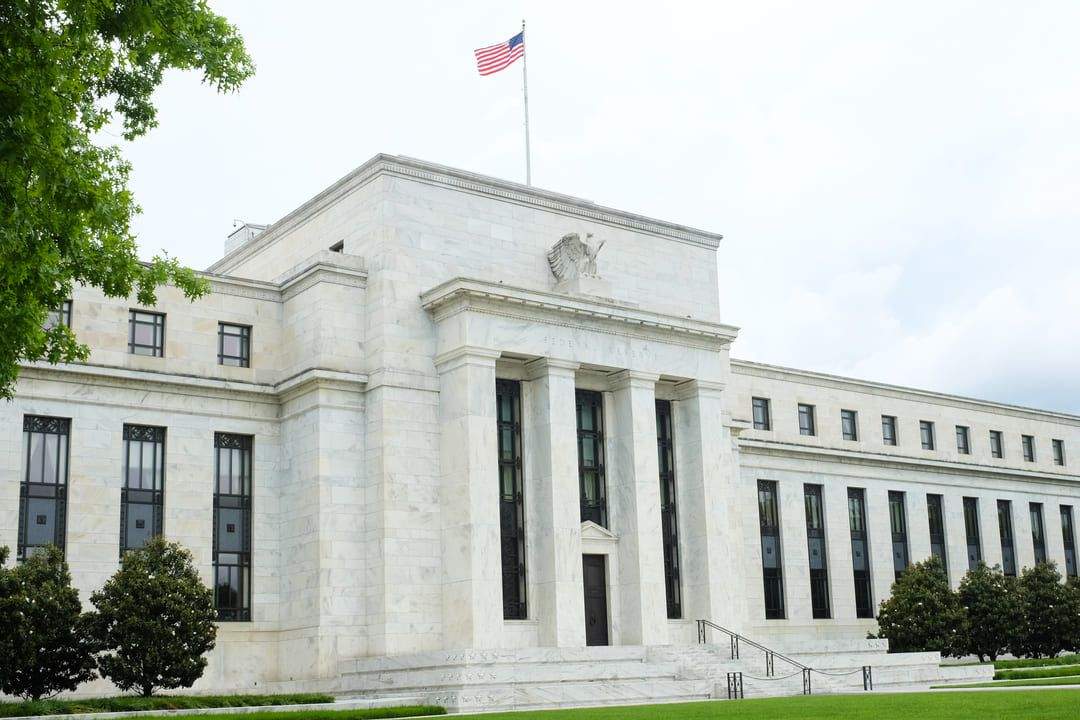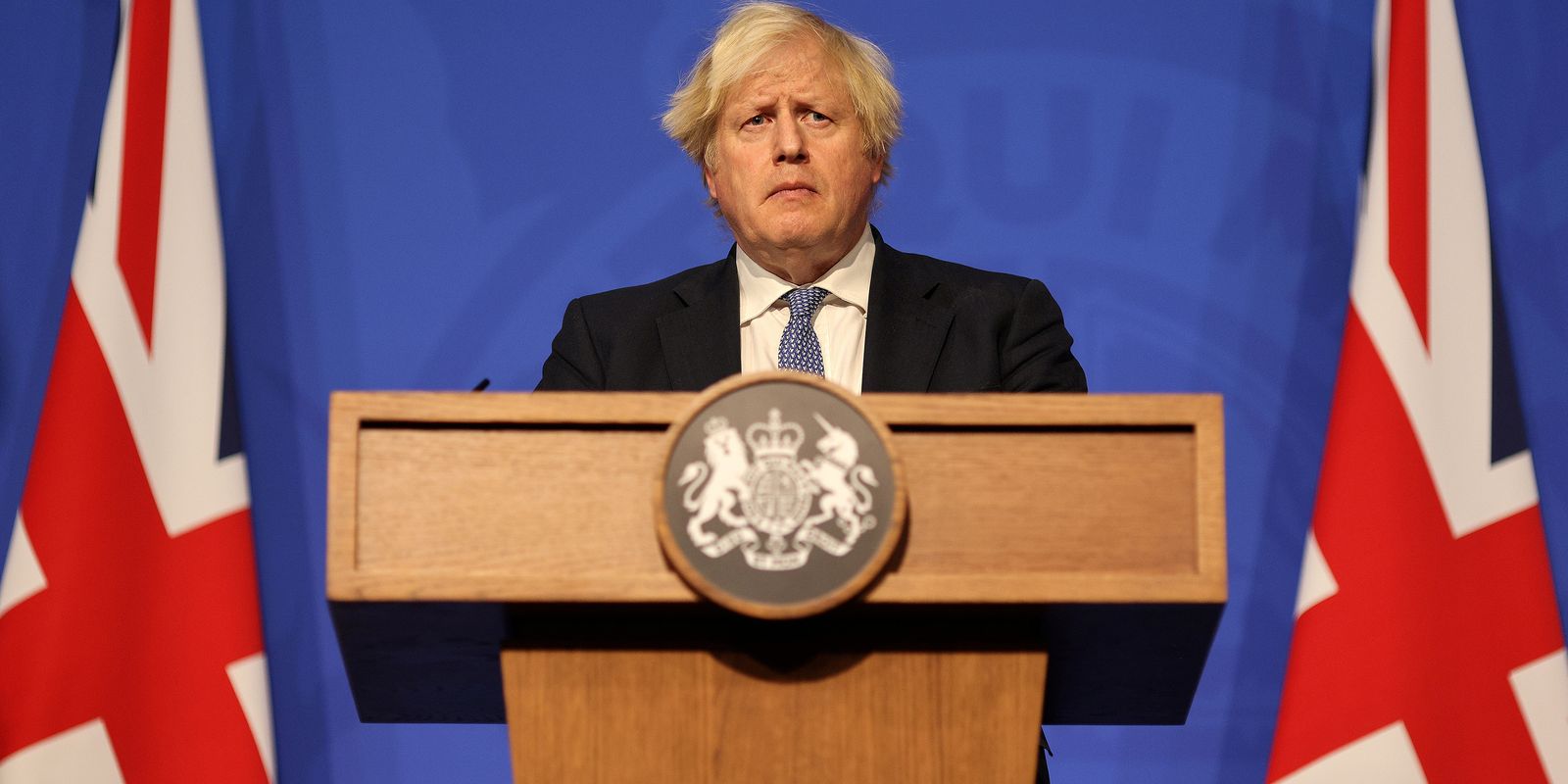Central banks around the world are raising rates in the most widespread monetary policy tightening on record. Some economists fear going too far if they do not take into account their collective impact on global demand.
According to the World Bank, the number of rate hikes announced by central banks around the world was the highest in July since records began in the early 1970s. On Wednesday, the Federal Reserve unveiled its third rate hike of 0, 75 percentage points in as many meetings. Last week, peers from Indonesia, Norway, Philippines, South Africa, Sweden, Switzerland, Taiwan and the UK also raised their rates.
Moreover, the magnitude of these rate increases is greater than normal. On September 20, the Riksbank of Sweden raised its key interest rate by one percentage point. Until then, it had never raised or lowered rates by more than half a point since adopting its current structure in July 2002.
These central banks almost universally respond to high inflation. Inflation in the G-20, a group of the world’s top 20 economies, was 9.2% in July, double the rate a year earlier, according to the Organization for Economic Co-operation and Development (OECD). . Higher rates dampen demand for goods and services and reassure households and businesses that inflation will fall next year.
But some worry that central banks are effectively looking for local answers to what is a global problem of excess demand and high prices. They warn that central banks as a group will go too far – and push the global economy deeper than necessary into recession.
“The current danger is not so much that current and planned measures ultimately fail to contain inflation. It is that they collectively go too far and drag the global economy into an unnecessarily harsh contraction,” wrote Maurice Obstfeld, former chief economist of the International Monetary Fund (IMF) earlier this month in a note to the Peterson Institute for International Economics, where he is a senior fellow.
There are few signs that central banks will pause and take stock of the impact of their rate hikes so far. The Fed said Wednesday that it is expected to raise rates by 1 percentage point to 1.25 percentage points at the next two meetings.
JPMorgan economists expect central bankers in Canada, Mexico, Chile, Colombia, Peru, the euro zone, Hungary, Israel, Poland, Romania, Australia, New Zealand, South Korea, India, Malaysia and Thailand are raising their rates in line with policy scheduled for late October.
This is an unprecedented round of central bank firepower. But do they all need to do the same if they are all doing the same thing?
Most economists agree that inflation in any country is not just due to forces internal to that country. Global demand also affects the prices of easily tradable goods and services. This has been evident with commodities like oil; a boom in China drove prices up in 2008, even as the United States entered a recession.
This has also been true in recent years for manufactured goods, the prices of which have been inflated around the world by supply chain disruptions, such as at Asian ports, and increased demand for government stimulus. A Fed study found that US fiscal stimulus increased inflation in Canada and the UK.
But a central bank’s focus on matching domestic supply and demand may go too far, as other central banks are already weakening global demand, which is one of the drivers of global demand. national inflation. If every central bank does this, global excessive tightening could be significant.

“Freelance communicator. Hardcore web practitioner. Entrepreneur. Total student. Beer ninja.”







